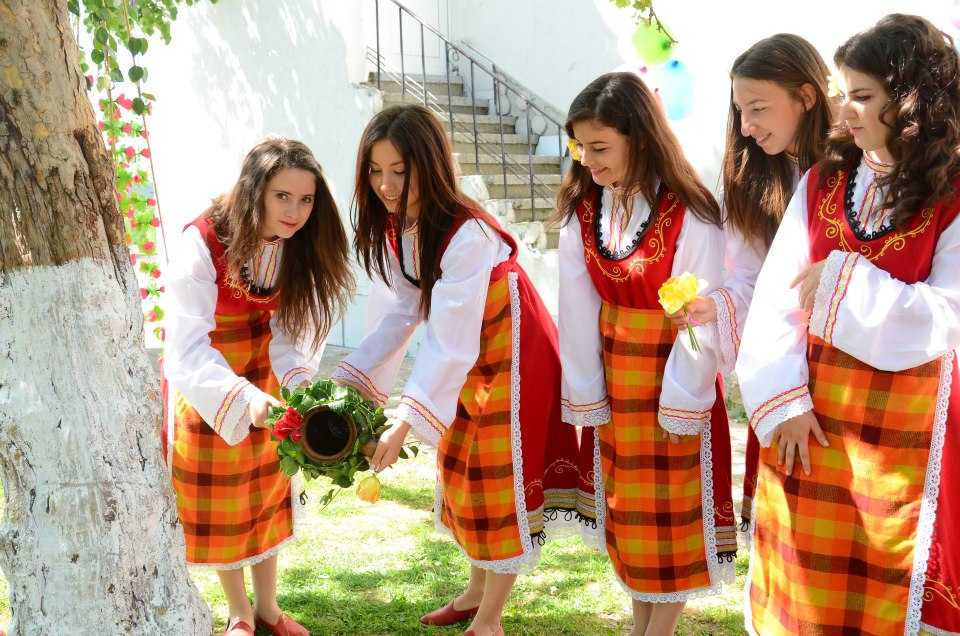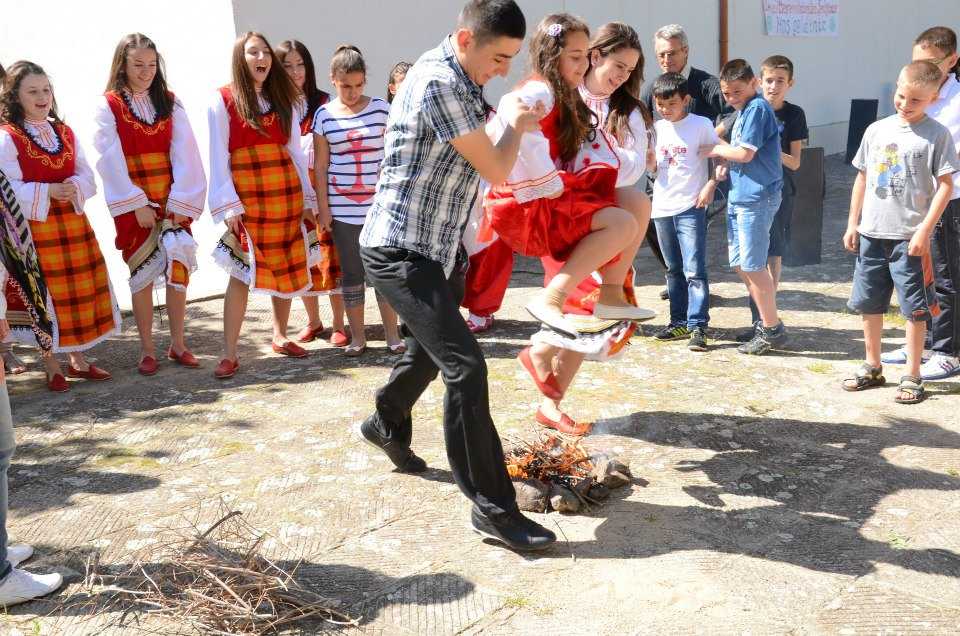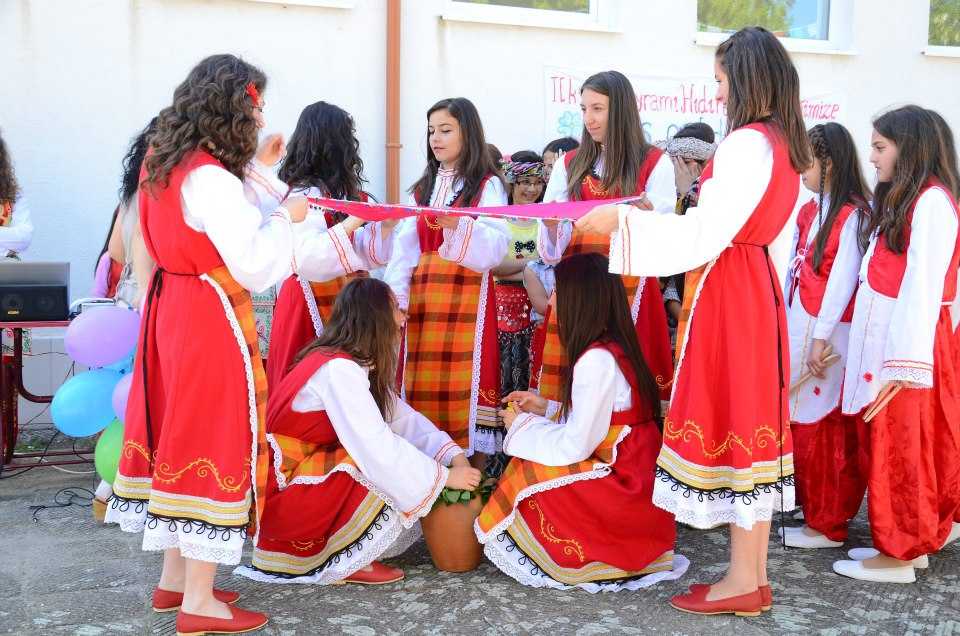Among the Muslims in Bulgaria, St. George’s Day is celebrated under the name Hadarellez. It is a spring holiday and is considered the beginning of summer. It is dedicated to two Muslim saints – Hadr and Iliyaz – patrons of people, animals and fertility. According to Islamic legends, Saint Hadr is revered as a supernatural guardian from evil spirits – jinn, snake bites, fires and theft. Because of his name, which means “green” or “greening,” he is considered the personification of life, plants, and his appearance causes the earth to warm and the fields and forests to blossom and green.
The Muslim Bulgarians from the Rhodopes consider Hadarellez to be the third most important holiday after the two main Muslim holidays – Ramazan Bayram and Kurban Bayram. According to the alevi people in North-Eastern Bulgaria, on Hadarellez the righteous Hadr meets the righteous Iliyaz. For a whole year they travel around the world – one to the east, the other to the west – and meet on the 6th of May to tell each other what they have heard and seen. With their meeting, the new year begins, therefore Hadarellez is considered “sene bash” – the beginning of the year.
In many respects, the rites of Hadarellez do not differ from those of Christians on St. George’s Day. On this holiday, Muslims also honor healing springs – for example, the large ritual bathing of sick and physically disabled people in springs is known, as it is believed that the water becomes especially healing because the Hadr flies over it. On the eve of the holiday, children and young people roll in the dewy grass for health. Again, early in the morning, the farmers go to the fields and roll in its dew “so that the disease remains” there. Then they pluck a few stalks from the sprouted wheat and take it home for health. With the water in which these stalks have been soaked, in some of the Turkish villages women and girls wash their hair for health.
Before sunrise, a rope swing (sandjak) is tied to a large fruit tree (walnut, mulberry, cherry, apple) in the yard and all the family members swing on it. Turks in Kardzhali region wrap green branches around their waists so that their backs do not hurt while working in the fields in the summer. Everywhere, homes and outbuildings are decorated with greenery and flowers “for the health of people and animals, because green has great power on this day.” In some villages, the windows of the home are decorated with nettles. People also rave about it and wear it for three days against headaches.
On this day, traditional rites are performed, such as lighting a fire, ritually jumping over it and many other festive customs with the wishes that the year will be fertile, people will be healthy and live in peace and happiness.
A characteristic moment is the naming of the wrists. The young girls gather the flowers and herbs collected on the eve of the holiday into their wrists. They tie them with colorful threads and attach their own ornaments to them so that they can recognize them. They put them in a pot to stay overnight.
At Hadarellez, an old woman pulls out from the pot for each one. At the same time, traditional Turkish folk songs of the region are sung. The motifs of these songs play the role of a kind of omen for the maiden whose wrist has been taken out. They often sing about success, health, love and marriage.



